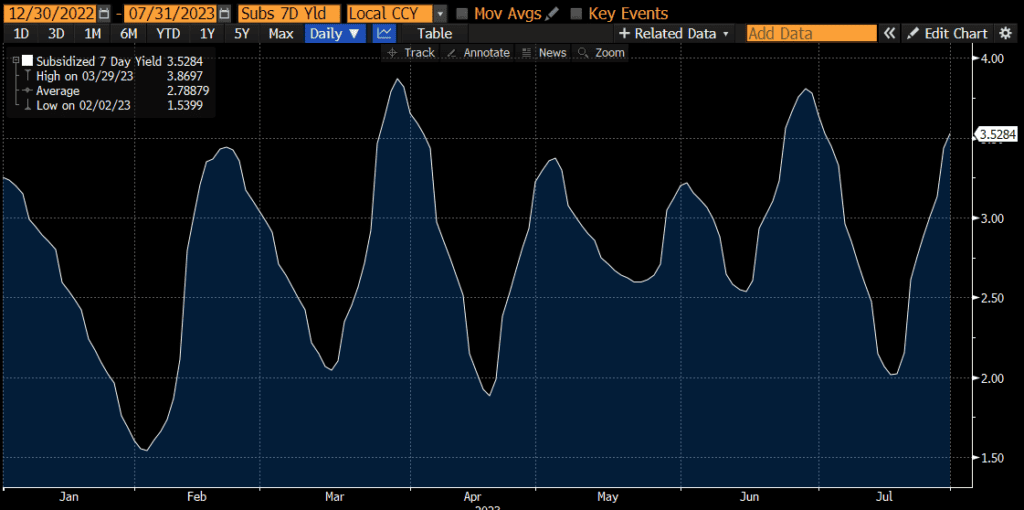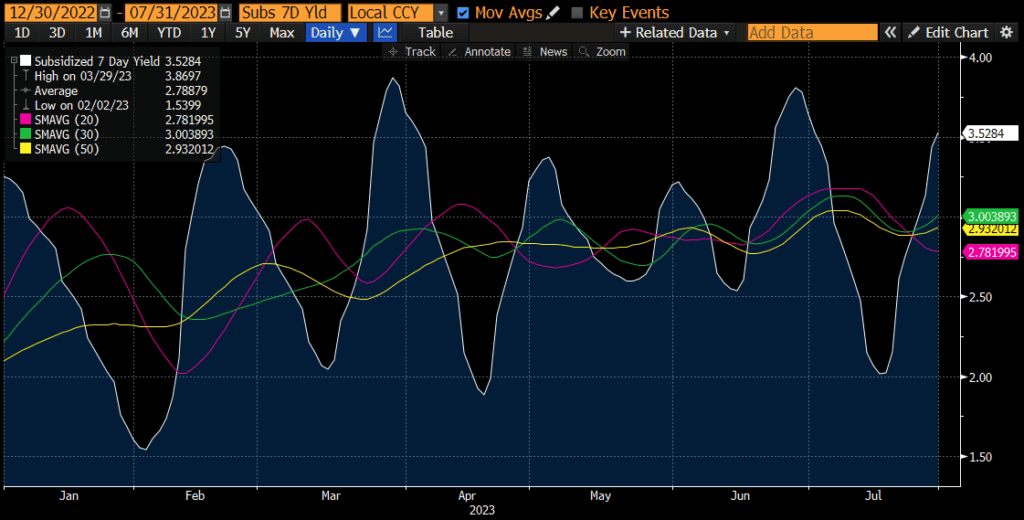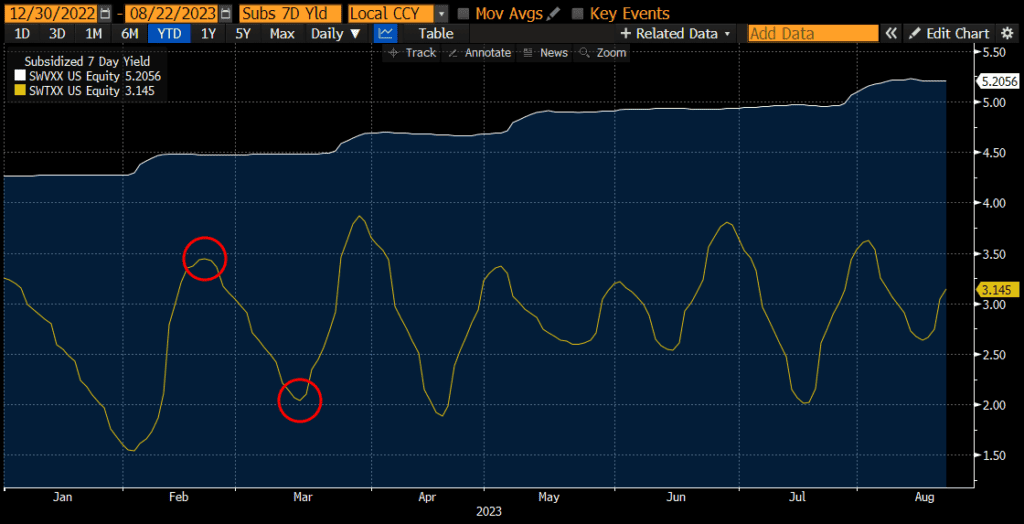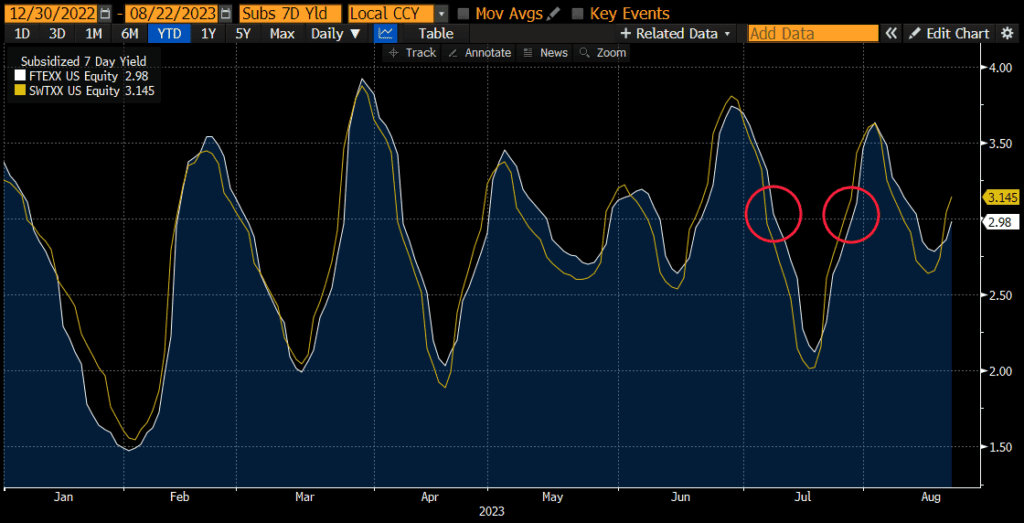Why Renting Is Better Than Buying?
In recent years, the debate between renting and owning a home has become increasingly relevant, as both rents and home prices continue to climb. Some tend to believe that buying a house is the best route to financial stability and security. However, there are numerous advantages to renting a home and should be considered when deciding between the two options.
Renting provides flexibility which allows individuals to move with greater ease and less long-term commitment than homeownership. Renting also eliminates MANY costs, both expected and unexpected. For many, it is clear that renting offers a more convenient and financially-sound solution.
There are even many financial experts who advocate for renting. James Choi was recently on the Planet Money podcast discussing why he’s renter for life and personal finance guru (and now Netflix star) Ramit Sethi also rents. There does seem to be a bias towards owning in the US, but renting is a better alternative for many people.
Financial Benefits of Renting (vs Buying)
When it comes to deciding between renting and buying a home, there are several financial advantages to renting.
No Maintenance Costs
One of the main advantages of renting is that tenants are not responsible for maintenance costs. When something breaks or needs repair in a rental property, it is typically the landlord’s responsibility to fix it. This can save renters a significant amount of money, as homeowners are faced with ongoing expenses for repairs and upkeep. Renters don’t have to pay $1,000 when the water heater needs replacement or $15,000 for a new roof, or $3,000 to find and fix an unknown plumbing issue. These expenses add up quickly and are not always taken into account by prospective homebuyers.
No Property Taxes
Renters do not have to pay property taxes. Homeowners, on the other hand, are subject to property taxes which can be quite substantial, especially in states or cities with high property values and/or property tax rates.
No Homeowners Insurance
Renters do not need to purchase homeowners insurance, which can be a considerable expense for homeowners. While renters should still have renters insurance to cover their personal belongings and liability, this is typically less expensive than homeowners insurance.
Lower Upfront Costs
Renting also tends to have lower upfront costs compared to buying a home. Rather than coming up with a large down payment to secure a mortgage, renters usually only need to provide a security deposit and first month’s rent. This can be a more affordable option for those who may not have a significant amount of savings. Even those who have saved a lot might be better off investing that capital rather than using it as a down payment.
Rent Control
In some cities, there are rent control laws that limit how much a landlord can increase rent each year. This can offer stability to renters, as their monthly expenses are predictable and may be protected from inflation and market fluctuations.
Savings on Amenities
Some rental properties include amenities like a gym, pool, or utilities as part of the rent. When these services are included, it can save renters money compared to homeowners who may have to pay separately for these amenities. In addition, renters can benefit from shared common areas and services provided by the landlord.
Renting can be a wise financial decision for many people, depending on their financial situation and lifestyle preferences. By considering the factors listed above, potential renters can make a more informed choice about whether renting or buying is the best option for them.
Renting is not necessarily throwing money away
Many people believe that renting a property is akin to throwing money away. However, this is not always the case. There are several valid reasons why renting can be a smarter financial decision in certain situations.
People often say this because rent goes to a landlord rather than paying down equity. Yet, in the early years of a mortgage, barely anything goes towards principal and most of a mortgage payment goes towards interest. Paying a high interest rate can be more akin to throwing money away than renting in many cases.
It is important to take into account the numbers. From a financial perspective, the decision of whether to rent or buy depends largely on the current housing market in a specific area. According to an analysis by Realtor.com, renting is cheaper in 45 out of the 50 largest U.S. cities.
Buying a home may be the ultimate goal for some people, but renting should not be seen as a waste of money. For many, it can be a smarter and more financially viable option in the short term, providing flexibility, lower expenses, and the ability to invest money elsewhere.
Flexibility in Lifestyle and Location
Easier to Relocate
One of the significant advantages of renting over homeownership is the ease of relocation. Renters enjoy the freedom to move for various reasons, including new job opportunities or to experience different neighborhoods within or outside their cities.
For many young people and millennials, this flexibility is crucial because they may not have settled into a permanent career or location. In metropolitan areas, renting an apartment or a house is often more accessible, allowing residents to experience the unique benefits of city living. Renting provides the opportunity to explore different communities and neighborhoods, gauging their accessibility, proximity to schools, and overall cultural compatibility.
Adapting to Life Changes
Renting also allows individuals and families the ability to adapt to life changes with considerably less commitment than homeownership. When renting, people have the option to upsize or downsize accommodations according to their needs. For example, if a family grows or an individual’s living situation changes, renting can accommodate these fluctuations without the large financial commitment of buying a home.
Moreover, apartment living often features greater access to community amenities, such as gyms, pools, and recreational areas, without added costs for maintenance. This added convenience can suit various lifestyles, especially for those who prioritize leisure and ease of living over long-term financial investments.
Renting offers significant benefits for those who value flexibility, adaptability, and a diverse lifestyle experience. As individuals and families navigate an ever-changing world, the ease of relocation and a focus on the present moment may supersede long-term commitments like buying a home.
Reduced Maintenance and Repair Responsibilities
In my view, one of the main advantages of renting a property instead of owning one is the reduced responsibility for maintenance and repairs. When living in a rented apartment or house, it’s the landlord’s duty to deal with any maintenance issues that may arise, such as fixing a leaky faucet, replacing a broken appliance, or addressing structural problems. This can save renters both time, money and stress, as they won’t have to worry about handling these tasks themselves or paying for the services of a professional. This peace of mind is worth a lot in many cases.
Investment Alternatives to Homeownership
Diversifying Your Portfolio
One of the benefits of renting over buying a home is the opportunity to diversify your investment portfolio. Homeownership is often considered a long-term investment, but it is not diversified at all and many markets can lose value. By choosing to rent instead of own, individuals can allocate the capital that would have gone towards a mortgage to a variety of investment options. This includes stocks, bonds, and even alternative investments.
By spreading investments across various asset classes, individuals are less likely to experience significant losses if the real estate market suffers a downturn. Compare this to a homeowner who may face declining property values or be stuck with a mortgage that exceeds their home’s value.
Lower Barriers to Entry
Another advantage to renting over buying is the lower initial costs associated with entering the rental market. Homeownership often requires a large down payment, as well as additional costs such as closing fees, inspection costs, and property taxes. Renters typically face lower upfront costs, which include security deposits and moving-related expenses.
In addition, renters often have better access to high-demand locations, such as city centers and popular neighborhoods, where property prices and mortgage interest rates may be prohibitive for potential homeowners. By avoiding the substantial costs of homeownership, renters can redirect funds towards different lifestyle expenses or investment opportunities.
Risks of Homeownership
Unexpected Costs
One risk of homeownership is the potential for unexpected costs. When owning a home, there are numerous expenses that can arise unexpectedly, such as maintenance and repair costs. For example, if the HVAC system needs to be replaced or a roof needs repairing, these costs can be substantial and must be covered by the homeowner.
Real Estate Market Risk
Another risk factor of homeownership is the real estate market risk. The housing market can be volatile, and homeowners need to consider fluctuations in home values when making long-term financial plans. A perfect example is the 2008 housing market crash, where numerous homeowners saw the value of their homes decrease significantly.
Renters, on the other hand, typically experience less exposure to the fluctuations of the housing market. They can more easily adapt to changing economic conditions, which can be especially beneficial for younger renters and millennials who may move to different cities or communities for job opportunities or to be closer to better schools.
There are various risks associated with homeownership that can make renting a more attractive option for many individuals. With the potential for unexpected costs and the uncertainty of the housing market, renters can enjoy a greater sense of flexibility and financial stability as they navigate their personal and professional lives. The “American Dream” of homeownership may not be the best choice for everyone, especially in a rapidly changing society and economy.
Final Thoughts: is it better to rent or buy?
Taking all these factors into account, it becomes apparent that renting can offer several benefits that make it an attractive alternative to owning a home. By considering personal preferences, financial capabilities, and geographic location, individuals can make an informed decision that best suits their needs and desires.
While many people tend to focus on the dollars and cents and financial projections, the flexibility that comes with renting cannot be overstated. Renters have the ability to change their living arrangements more easily if life circumstances or job opportunities change. This adaptability can be essential for those who value mobility or do not want the long-term commitment that homeownership entails.







